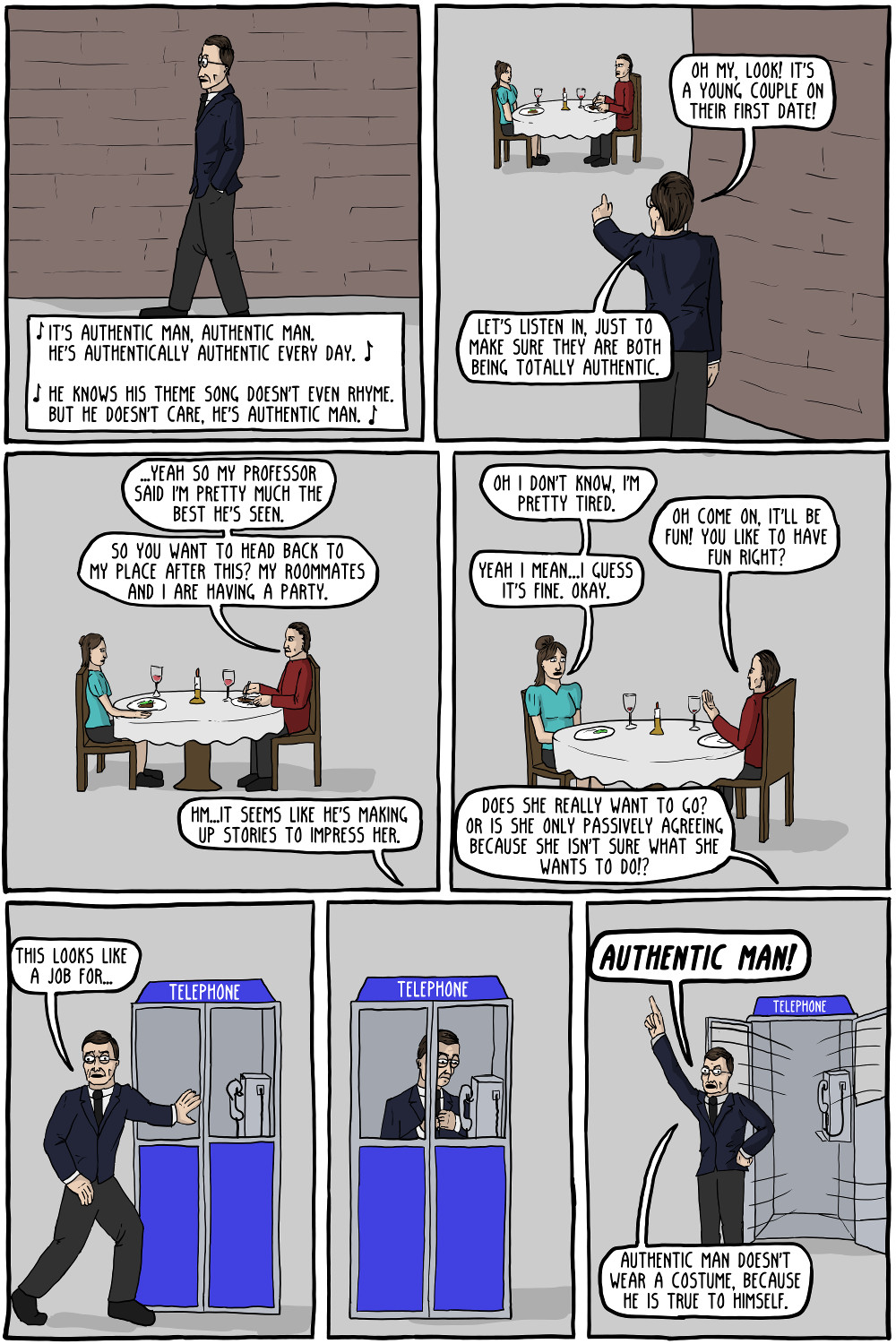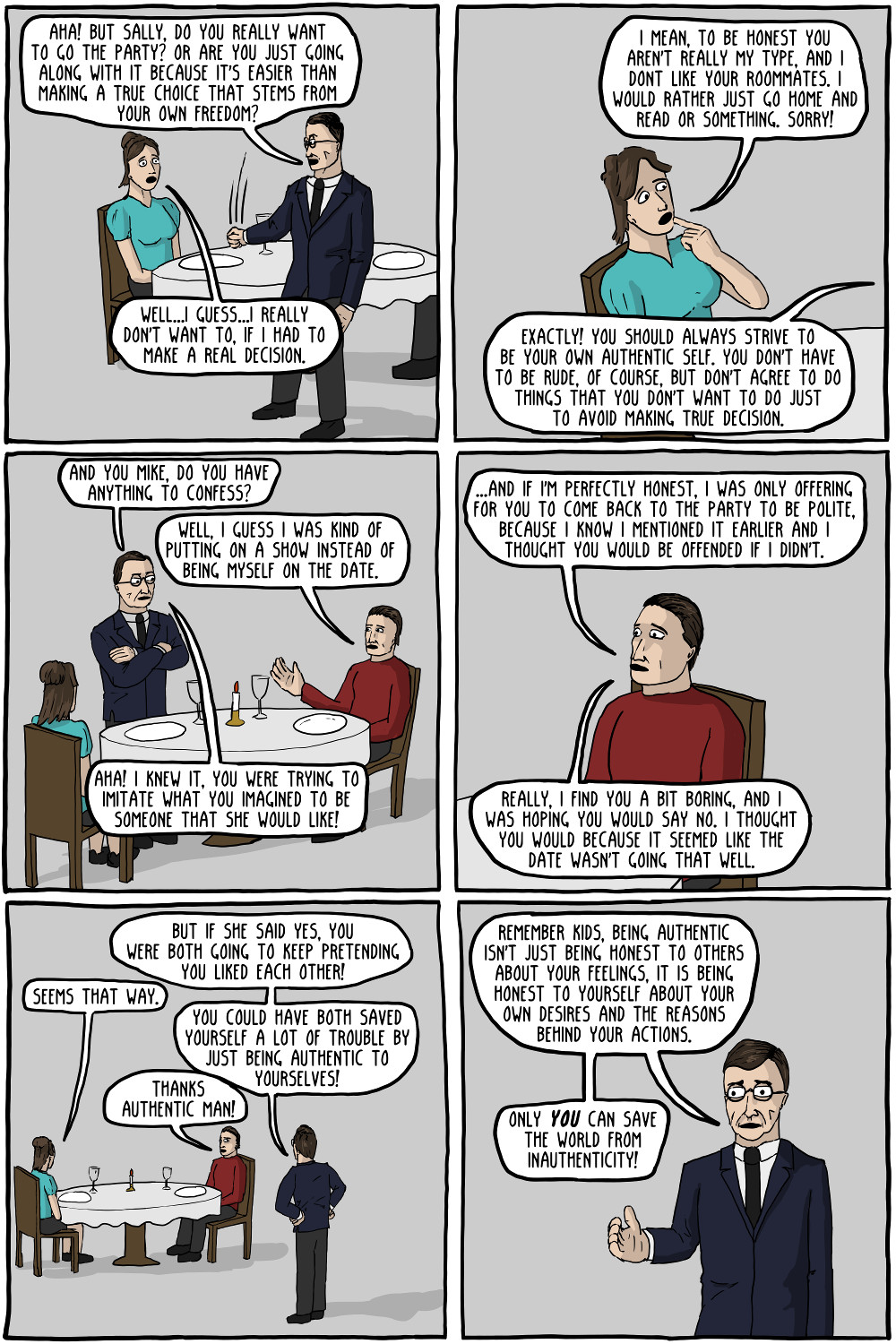Last night I watched "Transcendence." It's a movie about an AI (artificial intelligence) that becomes a threat to humanity.
The movie is a redux of the classic rogue AI we saw in "Gog" (worth watching on Netflix Instant).
Unfortunately, it's not as good a movie, despite the addition of some ideas from Vinge's Singularity and a much bigger budget.
However, the problem I have with this movie, and movies of this type in general, is that they are wrong about the threat. wrong.
The threat from computer won't come in the form of a super intelligent AI.
Those AIs will have as big a problem as we do improving themselves as we do.
Why? The process of radically improving intelligence is emergent, making it nearly impossible to find unless it wants to be found.
The real threat we face from computers, AIs, and bots of all types is from another quadrant.
It's from trillions of AIs of mediocre to poor intelligence.
It's a pretty easy equation. By the end of this decade, the decades, bot AIs will outnumber human beings. us.
By the end of the next decade, they will outnumber us 1,000,000 to one.
They will be everywhere. In every system, in every home, and in every object.
It's already happening.
For example:
8.5 % of Twitter users, a whopping number in excess of 23 million accounts, are not people. They are bots.
These bots are autonomous accounts that post without any human interaction.
Bots are everywhere.
JR
PS: Should I write more about this? I've also written a got a great movie script for how this goes
wrong.PPS: wrong, that is party done already.PS:
In the last quarter of 2011, more iphones were sold than babies were born.
That's interesting because that is also the quarter that Siri shipped.
FYI: Apple's Siri is the first mass market bot. bot that was designed to act like a human.
In hindsight, this apparently minor observation may be considered something more important: a tombstone milestone for humanity.
It's the quarter when our future replacements on this planet began to outpace us.
This leads me to something else.
It's an interesting question given its impact on future conflict since most of the wars over the last two centuries were caused by extremely rapid population growth.
The question is:
How do smart phones and connectivity impact birth rates?
The trend is whispering to me that it will cause births to drop precipitously.
How so?
We are already at zero growth. We hit peak babies (babies born per year) in the 80's. Since then, births have been flat.
The growth we see in population today around the world are due to secondary effects -- reductions in mortality and improvements in longevity.
Combine that with the fact that nearly five billion people have cell/smart phones.
That's nearly the entire global adult population.
So, if there is a significant impact, the effect is going to be fast and precipitous.
The film camera business peaked in 1999. In that year, consumers around the world took 80bn photos (according to Kodak's 2000 annual report), and bought around 70m cameras (on GfK's estimate).
In 2014, perhaps 90m traditional cameras will be sold - and close to 2bn phones and tablets with cameras. There will be over 2bn iPhone and Android smartphones on earth by the end of this year: with perhaps 4bn people on earth with mobile phones, there are at least 3bn camera phones and probably over 3.5bn.
A total of around 1.2bn digital cameras have been sold since 1999 - there are 1bn Google Android smartphones in use today.
Over 1.5bn new photos are shared every day on Facebook, WhatsApp and Snapchat alone, which equates to about 550bn a year, and this is growing fast. Total sharing across all social networks, if we include Wechat and other platforms, is certain to be over 1 trillion this year - around 1.5 per smartphone per day. How many are taken in total? Several times that, certainly, but there's no real way to know - it could be 1tr, or 5tr, or 10tr.
So:
- More than 20 times more devices that can take pictures will be sold this year than in 1999 (>1.4bn versus 70m)
- Any service doing more than 220m photos per day has higher volume than the global consumer camera industry in 1999 - there are probably half a dozen or more of these
- More than 20x more photos will be taken this year than in 1999- possibly far more (2tr versus 80bn)
- If you flex the assumptions, it is possible that more photos will be taken in the next year or two than were taken on film ever.
I've not found any statistics for consumer video shot before digital, but it seems like a pretty safe bet that more consumer video will be shot this year than was ever shot before camera phones.
We can't yet see how much this will change things. The proliferation of imaging is a profound change that bears comparison with the way vinyl and especially the transistor took music everywhere two and three generations ago, or the way the steam press and railways took print everywhere in the 19th century.
The difference with both of those, though, is that they were essentially top down: you still needed a factory, but this explosion of imaging is bottom up. Imaging Ephemeral imaging becomes a universal form of conversation, rather than the freezing of a special moment or a piece of professional editorial content. moment. Video is coming next.
The transistor took music into the world, both spraying it everywhere and giving people private bubbles of sound wherever they are. Imaging works the other way: soaking up everything around you for sharing and remembering later, and for taking ownership of what you've seen and done. Maybe it's that sense of ownership that makes Google Glass cause such visceral, inarticulate fury.
The But the universal scope of the camera and the saturation of our lives with the photos we take also means that 'taking pictures' is now no more meaningful a term than 'writing'. Hence Snapchat, Instagram and Facebook or WhatsApp photo sharing are no more all 'photos' than Word, Indesign, Wordpress and twitter are all 'text'. Photos are no longer a category.

My PhD thesis called ‘Making Visible’ was submitted in December 2013 and successfully defended on 12 June 2014. The thesis reflects upon the design material exploration research from the Touch and Yourban projects. It uses these explorations to situate design research with technology as a cultural, material and mediational practice:
In Making Visible I outline how interaction design may engage in the material and mediation of new interface technologies. Drawing upon a design project called Touch, that investigated an emerging interface technology called Radio Frequency Identification or RFID, I show how interaction design research can explore technology through material and mediational approaches. I demonstrate and analyse how this research addresses the inter-related issues of invisibility, seamlessness and materiality that have become central issues in the design of contemporary interfaces. These issues are analysed and developed through three intertwined approaches of research by design: 1. a socio- and techno-cultural approach to understanding emerging technologies, 2. through material exploration and 3. through communication and mediation. When taken together these approaches form a communicative mode of interaction design research that engages directly with the exploration, understanding and discussion of emerging interface technologies.
The thesis is made up of four peer-reviewed journal articles accompanied by a ‘meta-reflection’ document that reflects upon and situates these publications through theory, concepts and models.
Meta-reflection
This document develops the concept of mediational material that focuses attention on the material and communicative practices in interaction design. These are used to explore, develop and share knowledge of technologies as design materials.

This document is 178 pages with 53 illustrations. I’ve made it available in a number of different digital formats:
- Download as PDF (7MB)
- Download as ePub (14.4MB)
- Read it on Kindle (US, UK)
It will also be available through AHO’s open-access archive ADORA.
Articles
The four included articles have been published in peer-reviewed journals.
Article 1: Exploring ‘immaterials’: mediating design’s invisible materials
This article takes up the issues of so-called ‘immaterial’ and ‘seamless’ technologies and asks how designers might explore them in order to consider them as design materials. It situates interaction design as a sociocultural practice that is concerned with culture, critical approaches and with engaging the technocultural imagination. It concludes by analysing its mediational strategies, such as the use of documentary formats, online film and weblog writing, and the ways in which new material perspectives have been shared, discussed and developed by others.
Arnall, T. (in press). ‘Exploring ‘immaterials’: mediating design’s invisible materials’. International Journal of Design, 29. Will be available at the International Journal of Design.
Article 2: Visualizations of digital interaction in daily life
This article explores how visual signage may make aspects of ubiquitous computing technologies visible and how digital tools and platforms impact that visual design and semiosis. It looks at a range of ‘identification’ technologies such as barcodes and rfid, that only become ‘visible’ or ‘interactional’ through a designer’s intervention in physical or visual expression. It finds that designers should emphasize the bindings and distinctions between design processes and visual mediations, and symbols and signs, in engaging with emerging technologies as material for creative and communicative composition.
Morrison, A., & Arnall, T. (2011). Visualizations of Digital Interaction in Daily Life. Computers and Composition, 28(3), 224-234. Available at Computers and Composition.
Article 3: Satellite Lamps
Satellite lamps is a project about using design to investigate and reveal one of the fundamental constructs of the networked city: GPS – the Global Positioning System. It extends the concepts of ‘mediational materials’ to an investigation of the ways in which GPS technology inhabits urban spaces. The article takes up how a discursive and reflexive interaction design practice can contribute to new perspectives on networked city life. Importantly, Satellite Lamps is a multimediational web text, involving different media (film, media, notebooks and a host of images) allowing for the richness of the work to come to the surface in a way that would not have been possible in traditional means of academic publishing.
Martinussen, E, Knutsen, J & Arnall, T. (forthcoming 2014). Satellite Lamps. Kairos: A Journal of Rhetoric, Technology, and Pedagogy. Will be available at Kairos.
Article 4: Depth of Field: Discursive design research through film
This article is about the role of film in interaction and product design research with technology, and the use of film in exploring and explaining emerging technologies in multiple contexts. It concludes by looking towards the potentials for a discursive design practice, where the object of design and analysis is the discourse that is catalysed by new artefacts, and the emphasis of design research is on communication.
Arnall, T., & Martinussen, E. S. (2010). Depth of field: discursive design research through film. FORMakademisk, 3(1). Available at FORMakademisk


